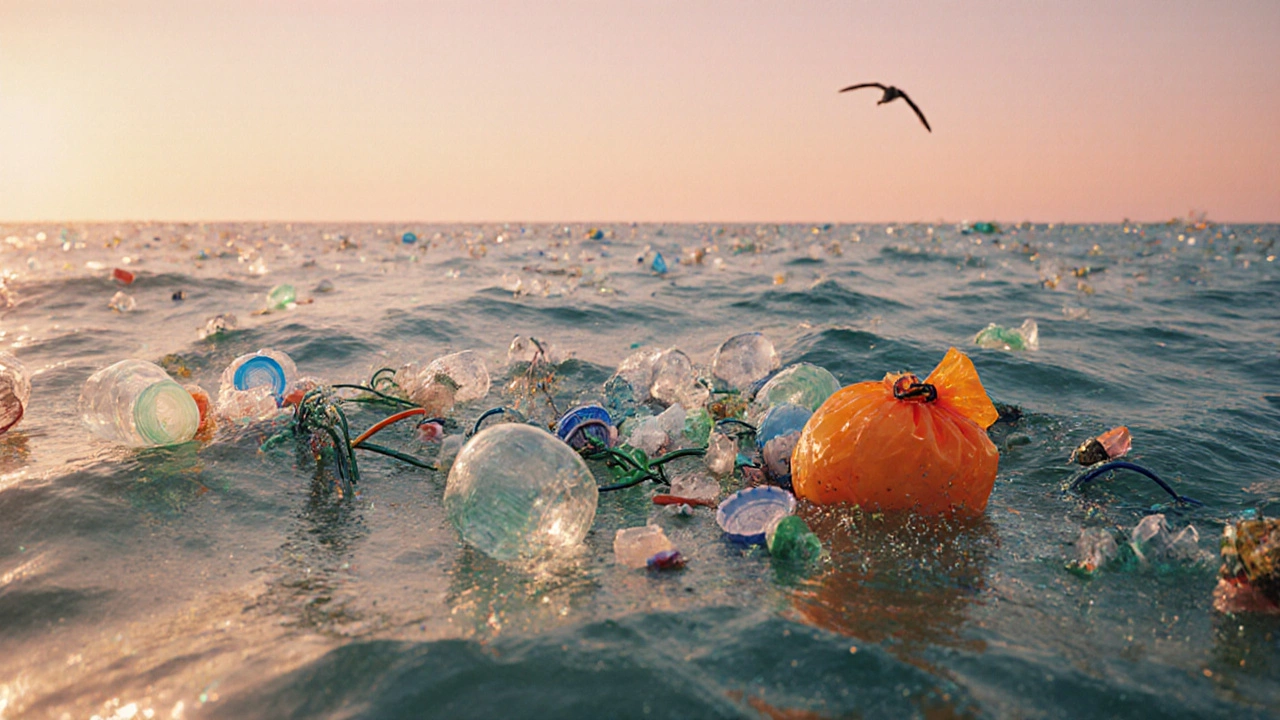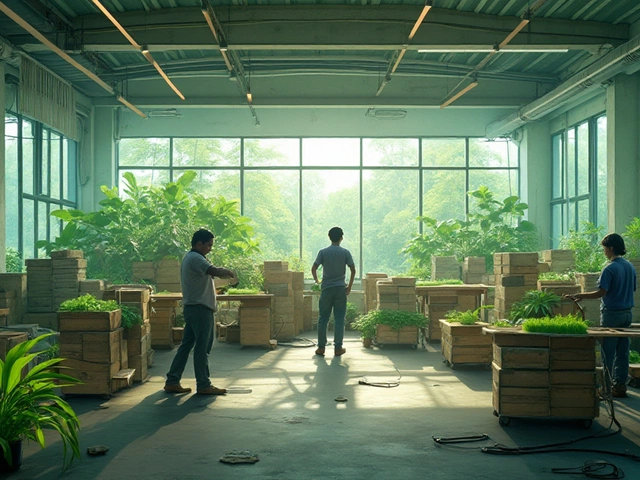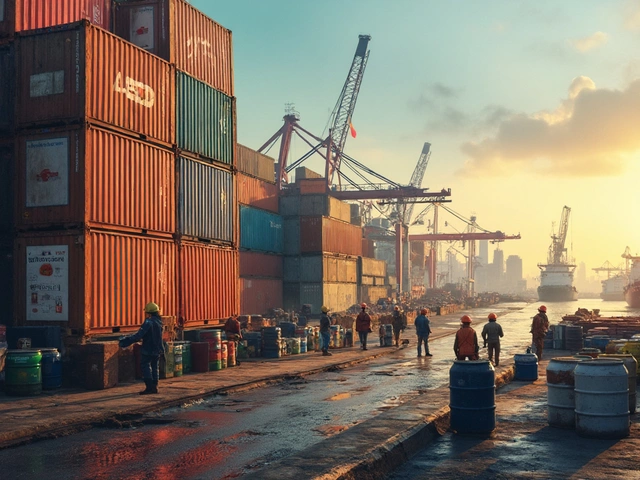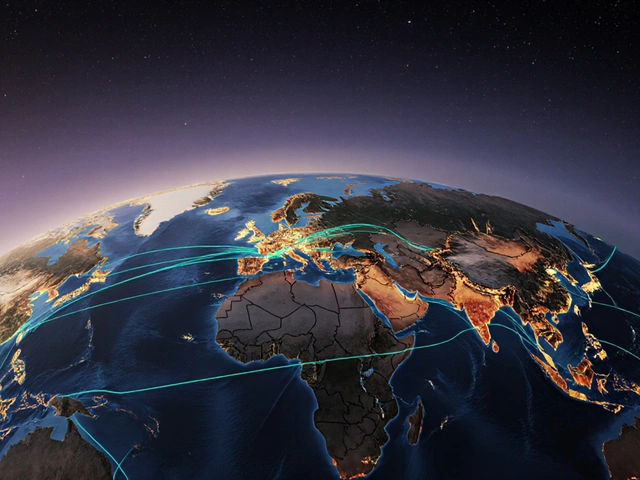Plastic Pollution: Understanding the Crisis and Solutions
When talking about Plastic Pollution, the accumulation of plastic debris in oceans, rivers, soils and the atmosphere that threatens wildlife and human health. Also known as plastic litter, it stems from everyday items that are discarded faster than they break down. This problem plastic pollution isn’t just a distant concern—it shows up in our grocery aisles, in local waterways, and even on our clothes.
Key Factors Behind the Crisis
One major driver is Plastic Waste, the single‑use packaging, bottles and bags that end up in landfills or the environment after a short use life. When that waste leaks into rivers, it travels thousands of miles to the sea, where it fragments into micro‑plastics that fish ingest and humans eventually consume. The more we produce, the harder it is to keep it out of nature.
Breaking the chain needs Recycling, a process that collects, cleans and remanufactures discarded plastic into new products. Effective recycling cuts the demand for virgin resin, reduces energy use and keeps trash out of ecosystems. Yet many regions still lack proper sorting facilities, and contaminated streams often derail the best‑case scenarios.
Beyond recycling, Sustainable Manufacturing, the design and production of goods with reduced plastic input, biodegradable alternatives, and closed‑loop systems plays a pivotal role. Companies that adopt lighter packaging, use recycled content, or replace plastic with plant‑based materials can lower the amount of waste generated at the source.
Policy regulations tie these pieces together. Governments that enforce extended producer responsibility (EPR) or ban certain single‑use items create market pressure for businesses to innovate. When laws require manufacturers to take back packaging, the recycling loop tightens, and the overall volume of plastic entering nature drops.
Consumer behavior is the last but equally important link. Simple actions—like opting for reusable bottles, refusing plastic straws, or buying products with minimal packaging—directly reduce the flow of waste. When enough people make these choices, demand shifts, and manufacturers respond with greener designs.
Our collection of articles below pulls together data on global plastic trade, the role of manufacturing startups, and the environmental footprint of different industries. You’ll find insights on how the biggest exporters shape the supply chain, which brands help startups adopt sustainable practices, and why certain raw materials matter for a cleaner planet.
Ready to see real numbers, practical tools and expert tips? Dive into the posts that break down the export dynamics, showcase eco‑friendly brands, and explain how smarter production can curb the plastic tide. The stories ahead give you a clear picture of where the problem starts and how it can be solved—one decision at a time.
What Country Puts the Most Plastic in the Ocean?
The Philippines now leads the world in ocean plastic pollution, not because of high consumption, but due to weak waste systems and global plastic production practices. Learn who's really to blame and what needs to change.
View MoreWho Dumps Plastic in the Ocean? Uncovering the Real Culprits
Explore who really dumps plastic into our oceans, from manufacturers to illegal dumpers, and learn actionable steps to stop the flow.
View More





